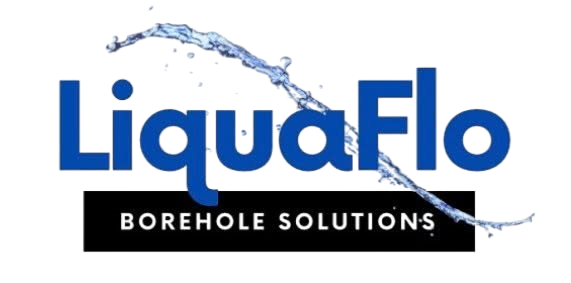How Much Water Can a Borehole Really Provide Per Day?
If you're considering installing a borehole, one of the first questions you’ll likely ask is: “How much water can a borehole actually produce per day?” It’s a great question — and the answer can help you choose the right pump, tank size, and water usage strategy, whether you're looking to supply a home, garden, business, or farm.
Let’s explore what factors affect borehole water output, what kind of productivity you can realistically expect, and how LiquaFlo Borehole Solutions helps clients in Johannesburg and beyond get the most from their groundwater.
The Basics: What Determines Borehole Yield?
 borehole drilling">
borehole drilling">
Borehole yield (also called water output or productivity) refers to how much water your borehole can provide over a certain period. This is usually measured in litres per hour (l/h) or litres per day (l/d).
Several factors influence this:
- Geology of your area – Is the ground mostly rock, sand, or clay? Different layers hold and release water differently.
- Depth of drilling – Deeper boreholes may reach larger aquifers.
- Aquifer recharge rate – How fast groundwater naturally replenishes.
- Diameter of the borehole
- Pump size and efficiency
- Maintenance and condition of the borehole
Average Borehole Output in South Africa

South African boreholes vary widely in yield, but here’s a general idea:
- Low-yield borehole: 500 – 2,000 litres per day
- Medium-yield borehole: 2,000 – 10,000 litres per day
- High-yield borehole: 10,000 – 20,000+ litres per day
In areas like Southern Johannesburg, LiquaFlo clients typically see 4,000 to 12,000 litres per day, depending on geological survey results and borehole depth.
Matching Borehole Output to Your Needs

Here’s a quick breakdown of how daily water demand might look:
- Small household (2–3 people): ~750 – 1,500 litres/day
- Medium household (4–5 people): ~2,000 – 3,000 litres/day
- Large household with garden: ~5,000 litres/day
- Small-scale farming (vegetables or livestock): 10,000 – 30,000+ litres/day
So, if you’re just looking to run a home with occasional garden irrigation, a medium-yield borehole will do just fine. But for farms or commercial needs, a higher-yield system — possibly with storage tanks and purification — is essential.
Don’t Just Guess: Get a Proper Borehole Assessment

Before installation, LiquaFlo conducts geo surveying to estimate borehole yield based on your location’s underground water tables. This helps avoid underperformance and ensures your pump and tank systems are designed correctly.
Once the borehole is drilled (by our certified subcontractors), we perform flushing and yield testing to determine real-world water output. Only then do we recommend a pump and pressure system — perfectly matched to your daily demand.
Can You Increase Borehole Output?

Yes — to an extent. Here’s how:
- Use the right pump and controller for optimal efficiency
- Install storage tanks to capture water during low-demand periods
- Schedule pumping to avoid overuse, allowing aquifers time to recharge
- Flush and maintain your borehole regularly to prevent clogging
- Install pressure regulators and filters to protect your system and water quality
LiquaFlo’s custom solutions combine productivity with sustainability — because pulling too much water too fast can permanently damage your borehole.
Conclusion: Know Before You Flow
A borehole’s water output depends on science, not guesswork. With a detailed assessment and custom system from LiquaFlo, you’ll know exactly how much water you can count on — every day.
Whether you need 2,000 litres for a quiet household or 20,000 litres for a busy irrigation setup, we’ll help you build a reliable system that meets your water needs today — and into the future.



